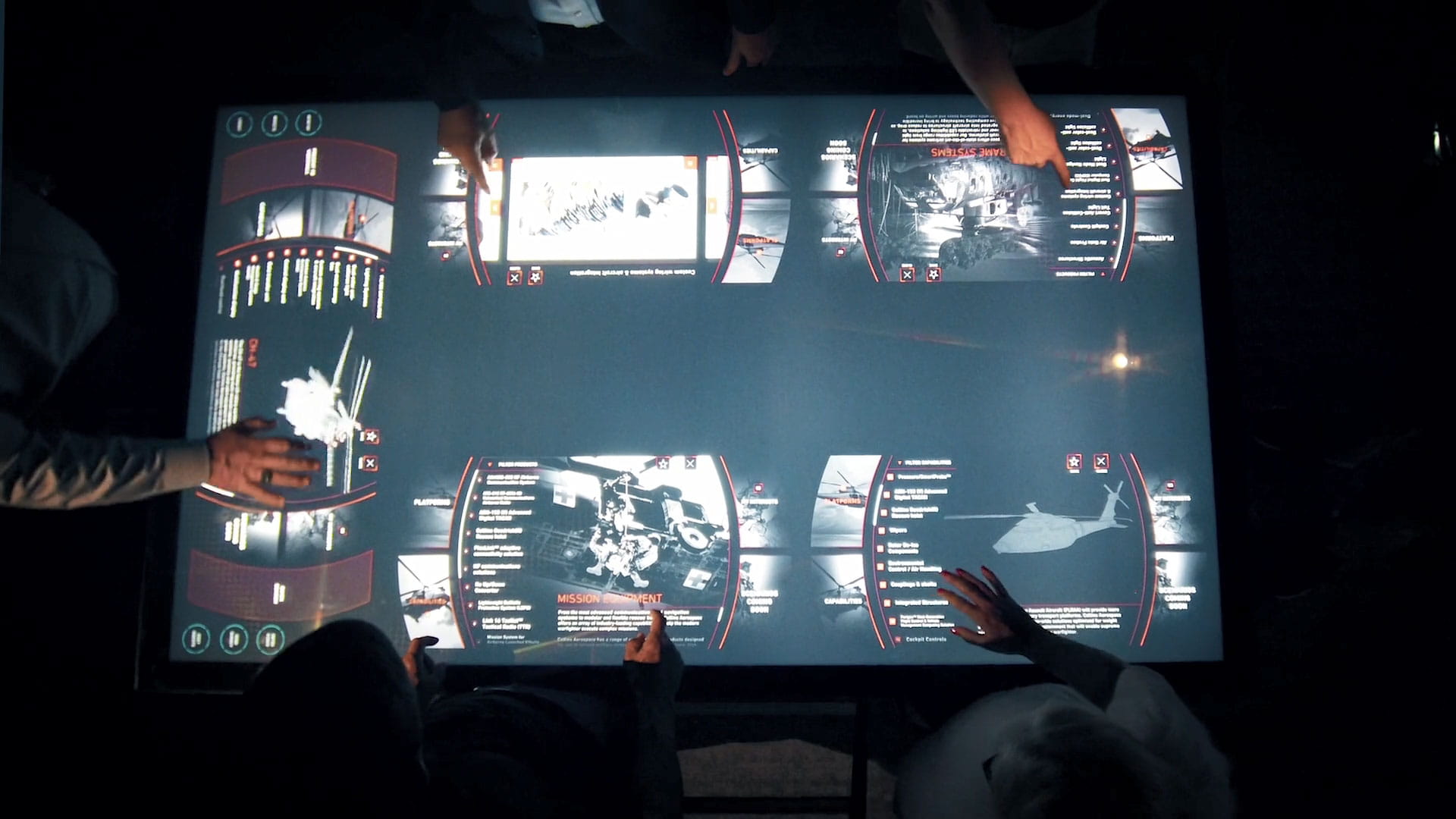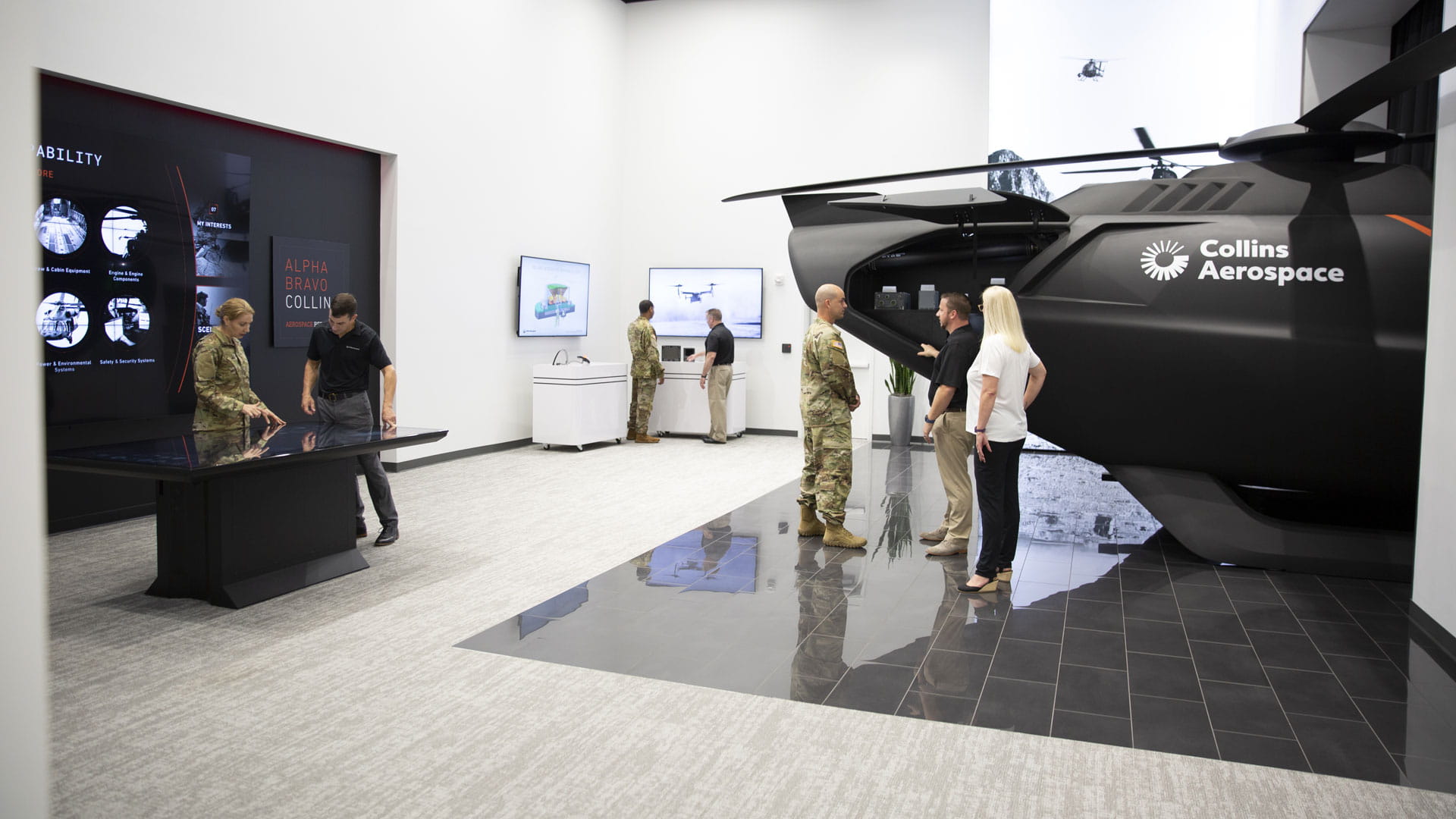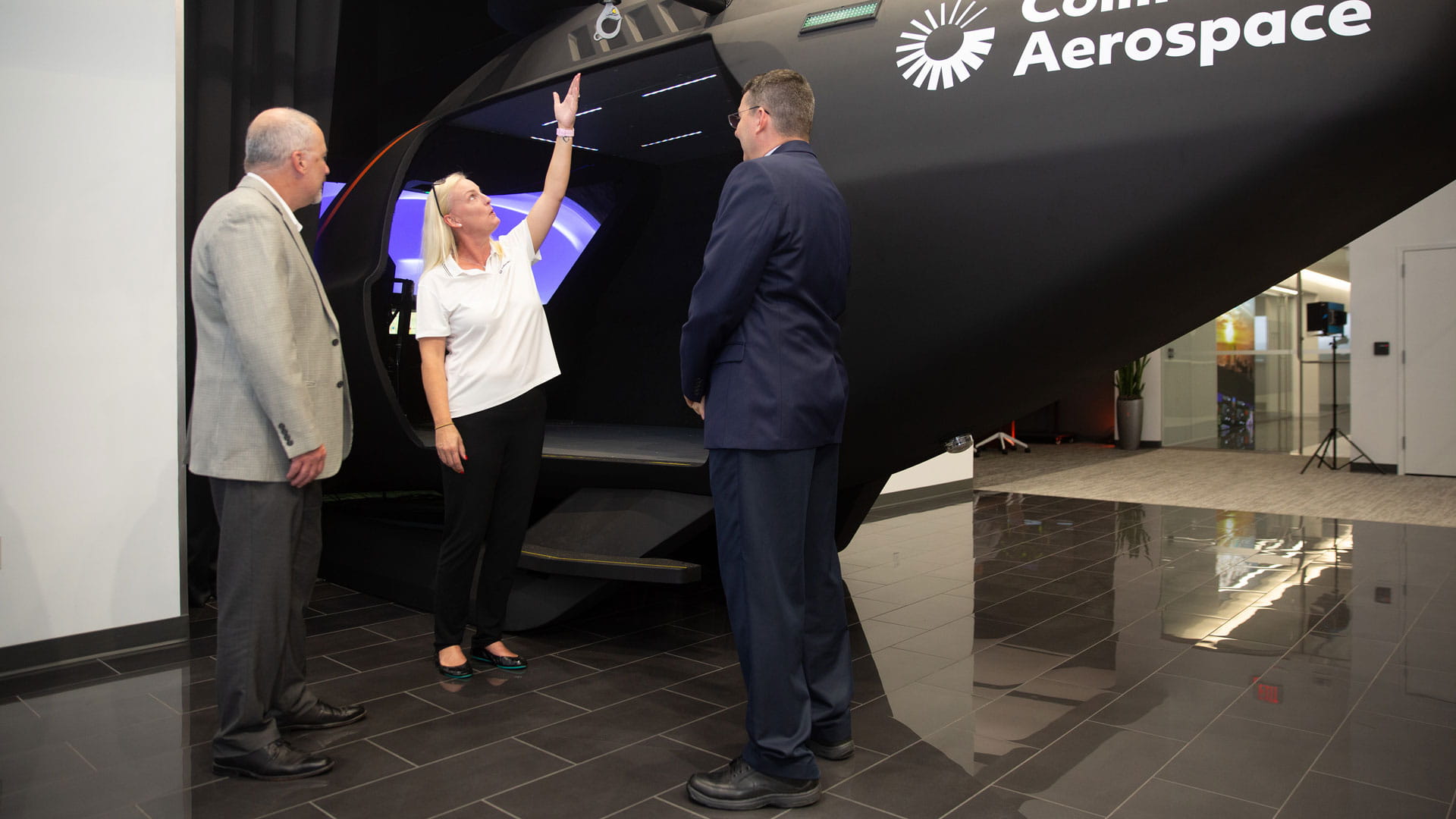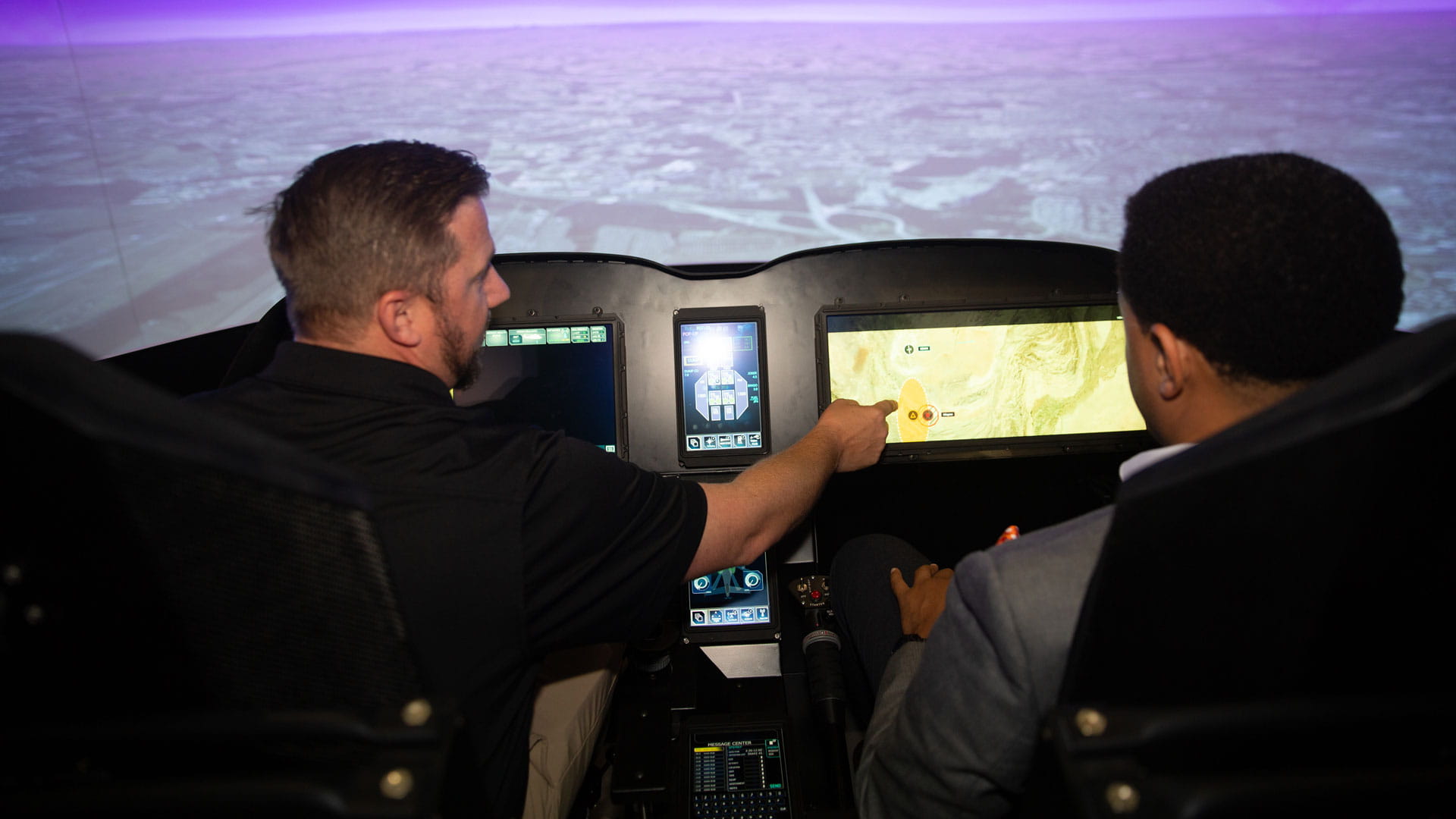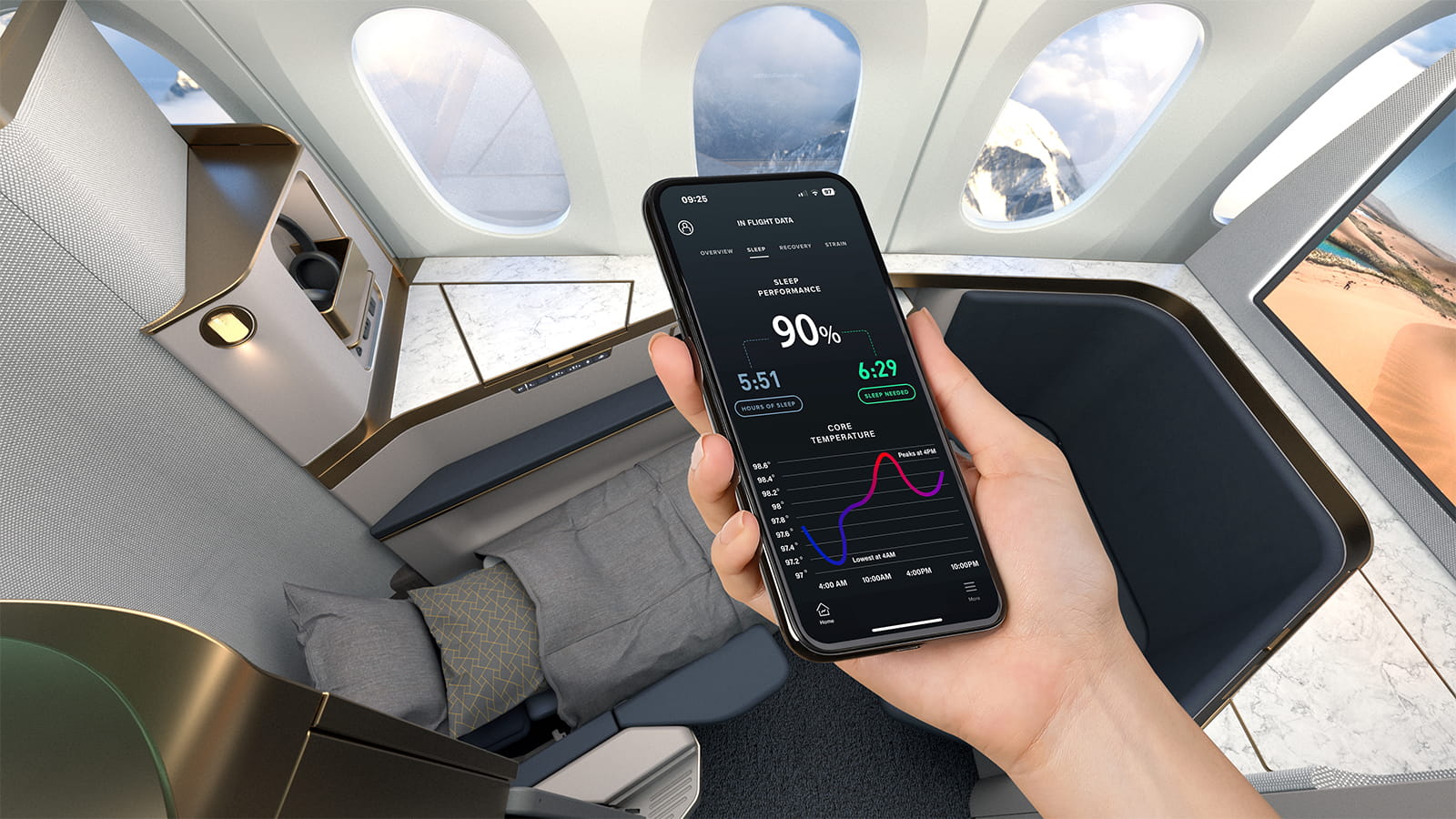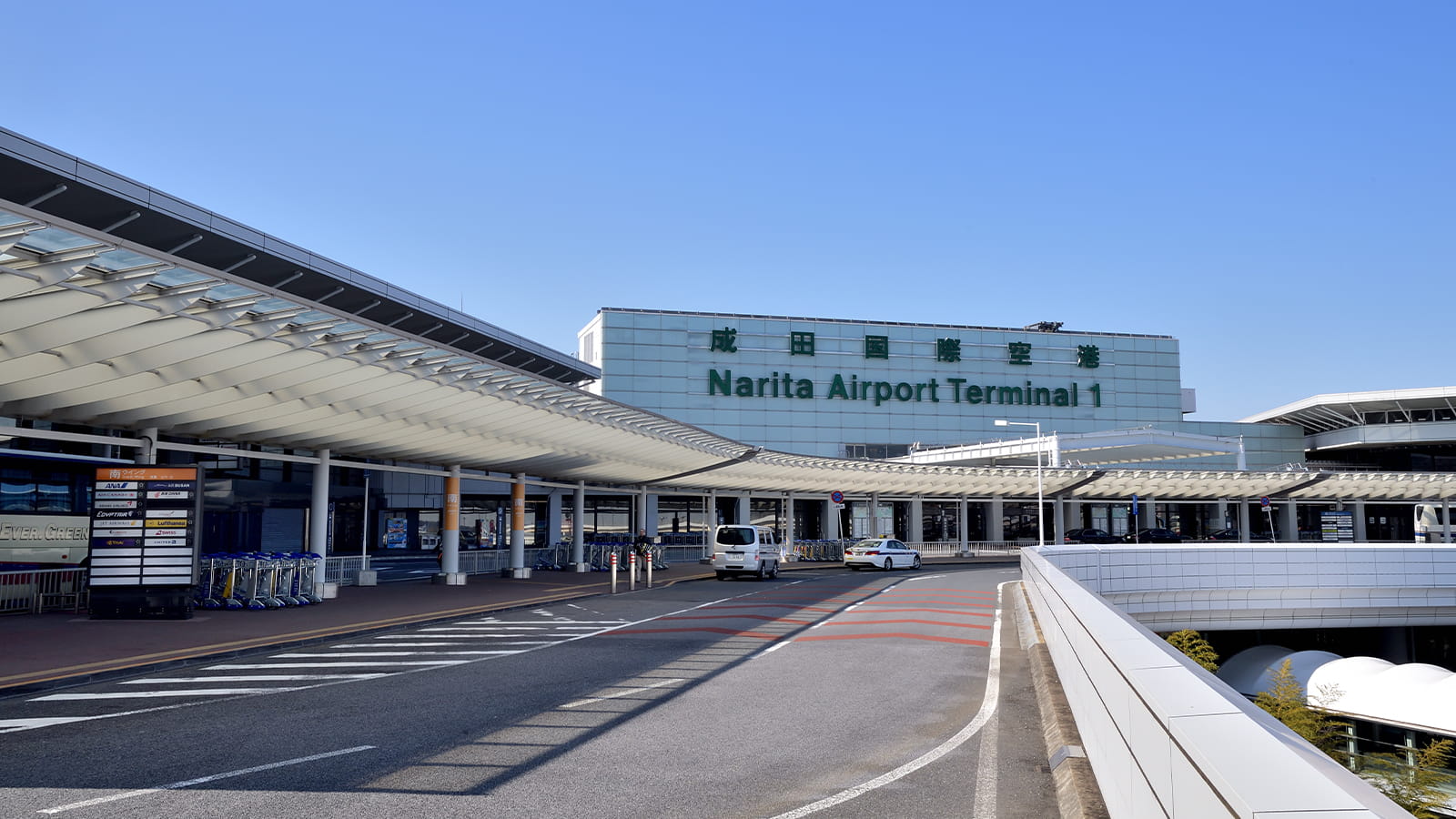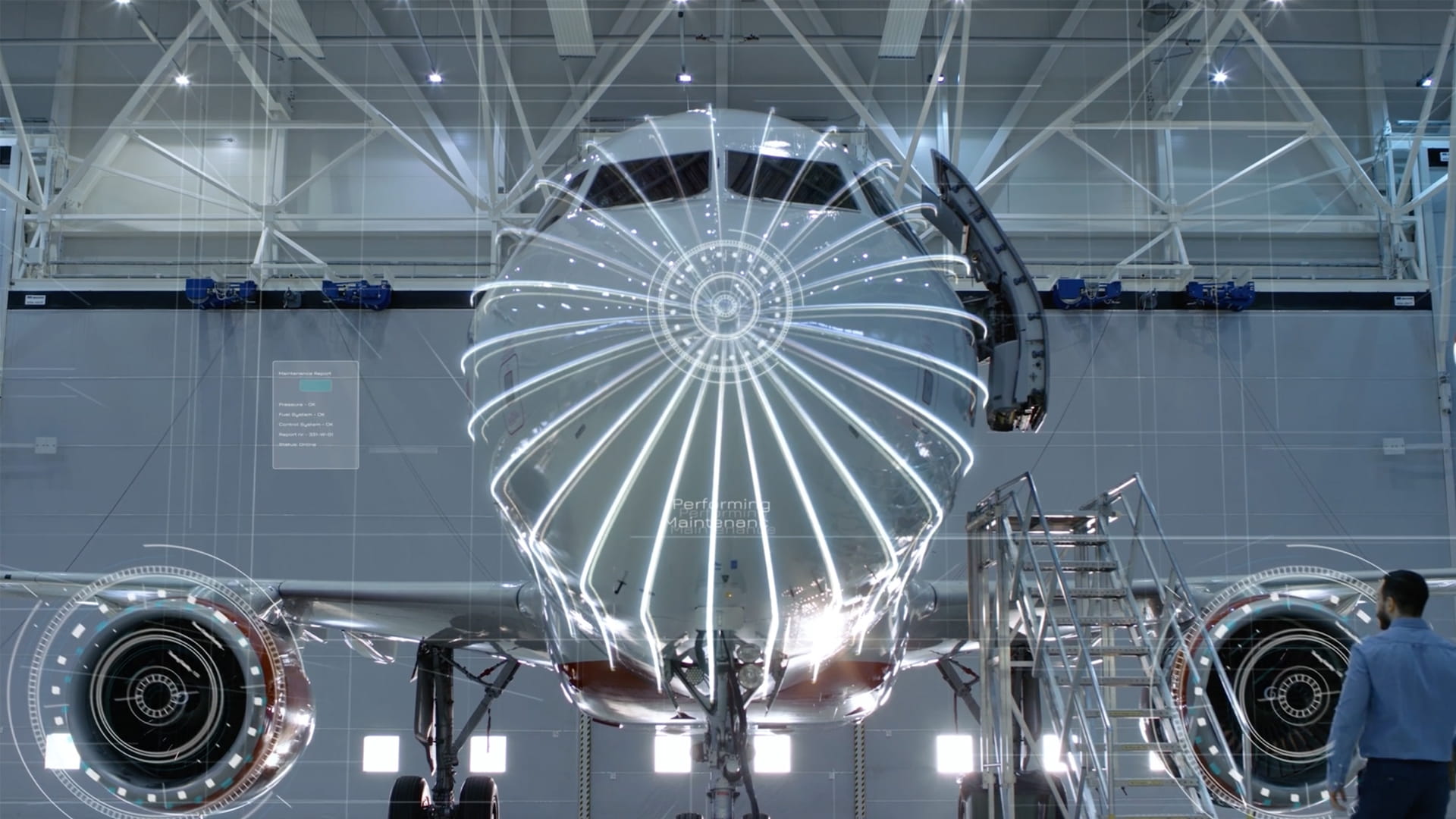Bringing the power of what’s possible to Army Aviation’s front door
Collins Aerospace debuts its Customer Experience Center in Huntsville, Alabama, making it easy for nearby U.S. Army Aviation decision-makers to explore – through demonstrations, interactive digital walkarounds and immersive cockpit simulations – how Collins can help enable the future of military flight.
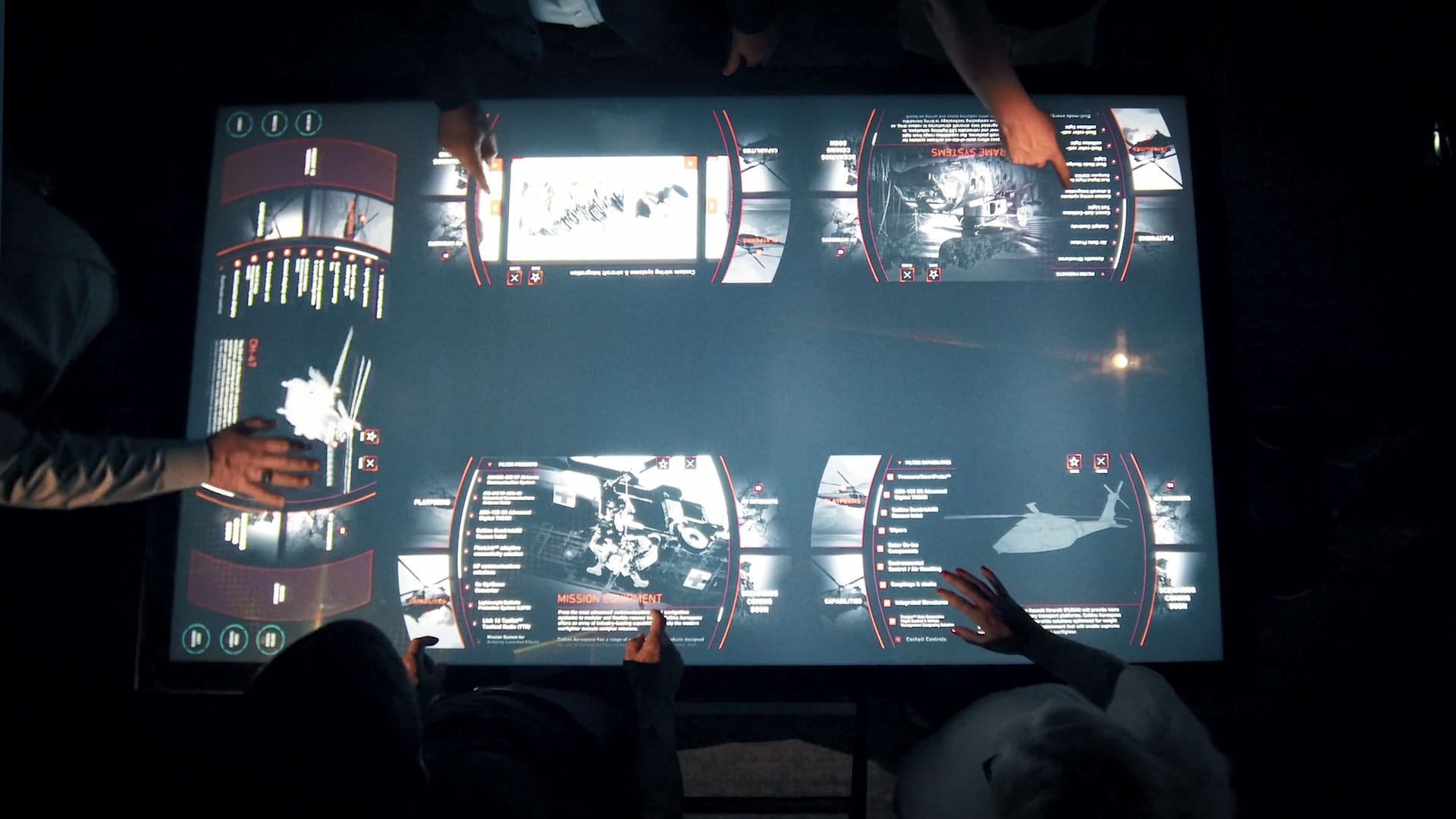
The U.S. Army team in charge of revolutionizing the service’s rotorcraft doesn’t have to go far to see what its new fleet will look and feel like.
In fact, they can just cross the street.
Collins Aerospace, a Raytheon Technologies business, has opened its Customer Experience Center (CEC) in Huntsville, Alabama – steps from the U.S. Army Aviation Program Executive Office, where Army Aviation is leading the service’s Future Vertical Lift (FVL) initiative as well as the modernization of its enduring fleet. The Center allows the Army team to see products in action and preview what pilots and crews will experience, before making significant investments in equipment and technology.
“We understand the importance of demonstrations when it comes to the Army’s ‘Fly before you buy’ approach,” said John Esposito, vice president of strategic pursuits for Collins Aerospace. “Army Aviation teams need to see firsthand how we’re able to leverage our capabilities across Collins, our sister Raytheon businesses and our industry partners to help the Army solve its most pressing challenges. We’ve brought all of this to the Army’s doorstep, right here in Huntsville.”
Invested in Army programs – and in Huntsville
The Customer Experience Center represents a multimillion-dollar investment in the Huntsville area by Collins, which has also recently more than doubled the number of employees at its Huntsville Avionics facility, where the Center is located. Both moves are part of an enterprise-wide commitment by Raytheon Technologies to strengthen the company’s footprint in Huntsville, which is home to several U.S. Department of Defense program offices.
Huntsville is the only location in the world where all four Raytheon Technologies businesses – Collins Aerospace, Raytheon Missiles and Defense, Raytheon Intelligence & Space, and Pratt & Whitney – and its corporate functions have a presence.
A focus on open systems and reduced weight and drag
Collins is supporting the Army’s biggest modernization commitments, including the adoption of modular, open-systems architecture (MOSA) that allows for fast, efficient upgrades and eliminates dependence on a single vendor’s proprietary technology. The company is also supporting the Army’s imperative to decrease weight and drag so that it can deliver unprecedented performance in speed, power and payload capacity as it modernizes its enduring fleet and advances FVL.
“Enabling customers to see products in a full-size mock aircraft and interact with them on the Center’s digital table and 20-foot video wall is an effective way to show the Army what Collins is doing,” said Ryan Scoble, a senior sales and business development manager in Collins’ Military Avionics & Helicopters division. Scoble works on Collins’ open architected Mosarc™ avionics solution in support of FVL.
“Before, at a trade show or on a tour of a facility, I’d talk to customers about the breadth and depth of Collins’ capabilities,” he said. “Now, we can show them what we mean – not just in terms of one specific solution from one of our business lines – but several products at once and in real-time versus waiting for a show. It’s the best way to illustrate the flexibility and interoperability of open-system architecture.”
The CEC will serve as a MOSA Center of Excellence – a focal point for MOSA technology advances and research, where customers can engage with Collins’ subject matter experts on open-system technology. Collins will also use the venue to bring in partners from the industry to collaborate on demonstrations and to show customers just how seamless integration across solutions can be – something Scoble calls “yet another real-time proof point for the Army.”
The Center includes demonstrations of several Collins products -- all in support of Army modernization, including:
- Mosarc™ – Integrated, open avionics system that places time-sensitive functions on a central network, eliminating the need for wires.
- Perigon® – Collins’ next-generation flight control and vehicle management computer will have the ability to provide 20 times the processing power of the company’s existing flight control computers, allowing customers to load it with a variety of complex software applications like autonomy and cybersecurity.
- FlexLink™ – An adaptive connectivity solution that reduces weight and drag by consolidating multiple communications, navigation and data link functions into one streamlined system.
- Mission System for Airborne Launched Effects (ALE) – Small, lightweight mission system that enables ALEs to rapidly and securely connect to the modern battlespace.
- FARA Seating – Lighter, more ergonomic structural designs for pilot and co-pilot seating that can improve pilot comfort and reduce weight across the aircraft by ~30 percent.
- Lighting – New LED and non-LED multi-function lighting packages with a range of low-weight, low-drag, low lifecycle cost options for customers.
- Integrated Structures – Multi-function solutions, such as integrated light and antenna structures, that offer reduced weight and drag with fewer exterior components.
- Composites – Flight control structures made with cost-efficient thermoplastic materials that can regulate heat, increase durability, and reduce weight on an aircraft.
The Customer Experience Center is set to evolve over time as Collins brings in new capabilities and technology to share with the Army, as well as with other customers and industry partners.

